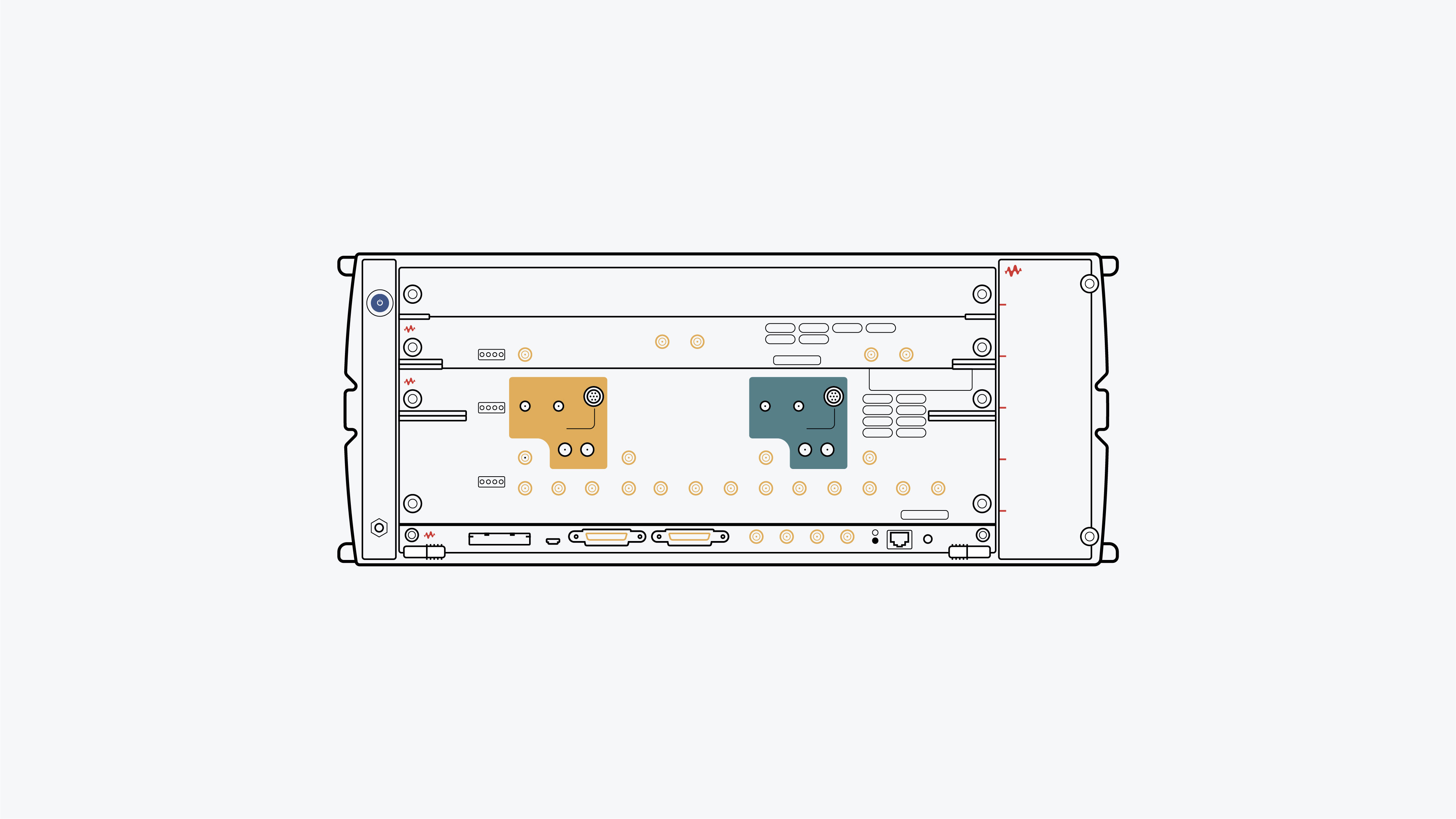segmentation:business-unit/CSG,segmentation:campaign/Digital_High_Performance,segmentation:product-category/Test_Automation_Software,segmentation:product-category/Test_Automation_Software/SW_Oscilloscopes_BERTs_AWGs,segmentation:funnel/mofu,keysight:product-lines/24,keysight:dtx/solutions/facets/development-area/high-speed-digital,keysight:dtx/solutions/facets/design-and-test-product/bit-error-ratio-testers,keysight:dtx/solutions/facets/workflow-stage/conformance-and-compliance,keysight:dtx/solutions/facets/industry/wireline-communications,segmentation:search-relevance-product/softwaresegmentation:business-unit/CSG,segmentation:campaign/Digital_High_Performance,segmentation:product-category/Test_Automation_Software,segmentation:product-category/Test_Automation_Software/SW_Oscilloscopes_BERTs_AWGs,segmentation:funnel/mofu,keysight:product-lines/24,keysight:dtx/solutions/facets/development-area/high-speed-digital,keysight:dtx/solutions/facets/design-and-test-product/bit-error-ratio-testers,keysight:dtx/solutions/facets/workflow-stage/conformance-and-compliance,keysight:dtx/solutions/facets/industry/wireline-communications,segmentation:search-relevance-product/softwaresegmentation:business-unit/CSG,segmentation:campaign/Digital_High_Performance,segmentation:product-category/Test_Automation_Software,segmentation:product-category/Test_Automation_Software/SW_Oscilloscopes_BERTs_AWGs,segmentation:funnel/mofu,keysight:product-lines/24,keysight:dtx/solutions/facets/development-area/high-speed-digital,keysight:dtx/solutions/facets/design-and-test-product/bit-error-ratio-testers,keysight:dtx/solutions/facets/workflow-stage/conformance-and-compliance,keysight:dtx/solutions/facets/industry/wireline-communications,segmentation:search-relevance-product/softwaresegmentation:business-unit/CSG,segmentation:campaign/Digital_High_Performance,segmentation:product-category/Test_Automation_Software,segmentation:product-category/Test_Automation_Software/SW_Oscilloscopes_BERTs_AWGs,segmentation:funnel/mofu,keysight:product-lines/24,keysight:dtx/solutions/facets/development-area/high-speed-digital,keysight:dtx/solutions/facets/design-and-test-product/bit-error-ratio-testers,keysight:dtx/solutions/facets/workflow-stage/conformance-and-compliance,keysight:dtx/solutions/facets/industry/wireline-communications,segmentation:search-relevance-product/softwaresegmentation:business-unit/CSG,segmentation:campaign/Digital_High_Performance,segmentation:product-category/Test_Automation_Software,segmentation:product-category/Test_Automation_Software/SW_Oscilloscopes_BERTs_AWGs,segmentation:funnel/mofu,keysight:product-lines/24,keysight:dtx/solutions/facets/development-area/high-speed-digital,keysight:dtx/solutions/facets/design-and-test-product/bit-error-ratio-testers,keysight:dtx/solutions/facets/workflow-stage/conformance-and-compliance,keysight:dtx/solutions/facets/industry/wireline-communications,segmentation:search-relevance-product/softwaresegmentation:business-unit/CSG,segmentation:campaign/Digital_High_Performance,segmentation:product-category/Test_Automation_Software,segmentation:product-category/Test_Automation_Software/SW_Oscilloscopes_BERTs_AWGs,segmentation:funnel/mofu,keysight:product-lines/24,keysight:dtx/solutions/facets/development-area/high-speed-digital,keysight:dtx/solutions/facets/design-and-test-product/bit-error-ratio-testers,keysight:dtx/solutions/facets/workflow-stage/conformance-and-compliance,keysight:dtx/solutions/facets/industry/wireline-communications,segmentation:search-relevance-product/softwaresegmentation:business-unit/CSG,segmentation:campaign/Digital_High_Performance,segmentation:product-category/Test_Automation_Software,segmentation:product-category/Test_Automation_Software/SW_Oscilloscopes_BERTs_AWGs,segmentation:funnel/mofu,keysight:product-lines/24,keysight:dtx/solutions/facets/development-area/high-speed-digital,keysight:dtx/solutions/facets/design-and-test-product/bit-error-ratio-testers,keysight:dtx/solutions/facets/workflow-stage/conformance-and-compliance,keysight:dtx/solutions/facets/industry/wireline-communications,segmentation:search-relevance-product/softwaresegmentation:business-unit/CSG,segmentation:campaign/Digital_High_Performance,segmentation:product-category/Test_Automation_Software,segmentation:product-category/Test_Automation_Software/SW_Oscilloscopes_BERTs_AWGs,segmentation:funnel/mofu,keysight:product-lines/24,keysight:dtx/solutions/facets/development-area/high-speed-digital,keysight:dtx/solutions/facets/design-and-test-product/bit-error-ratio-testers,keysight:dtx/solutions/facets/workflow-stage/conformance-and-compliance,keysight:dtx/solutions/facets/industry/wireline-communications,segmentation:search-relevance-product/softwaresegmentation:business-unit/CSG,segmentation:campaign/Digital_High_Performance,segmentation:product-category/Test_Automation_Software,segmentation:product-category/Test_Automation_Software/SW_Oscilloscopes_BERTs_AWGs,segmentation:funnel/mofu,keysight:product-lines/24,keysight:dtx/solutions/facets/development-area/high-speed-digital,keysight:dtx/solutions/facets/design-and-test-product/bit-error-ratio-testers,keysight:dtx/solutions/facets/workflow-stage/conformance-and-compliance,keysight:dtx/solutions/facets/industry/wireline-communications,segmentation:search-relevance-product/softwaresegmentation:business-unit/CSG,segmentation:campaign/Digital_High_Performance,segmentation:product-category/Test_Automation_Software,segmentation:product-category/Test_Automation_Software/SW_Oscilloscopes_BERTs_AWGs,segmentation:funnel/mofu,keysight:product-lines/24,keysight:dtx/solutions/facets/development-area/high-speed-digital,keysight:dtx/solutions/facets/design-and-test-product/bit-error-ratio-testers,keysight:dtx/solutions/facets/workflow-stage/conformance-and-compliance,keysight:dtx/solutions/facets/industry/wireline-communications,segmentation:search-relevance-product/softwaresegmentation:business-unit/CSG,segmentation:campaign/Digital_High_Performance,segmentation:product-category/Test_Automation_Software,segmentation:product-category/Test_Automation_Software/SW_Oscilloscopes_BERTs_AWGs,segmentation:funnel/mofu,keysight:product-lines/24,keysight:dtx/solutions/facets/development-area/high-speed-digital,keysight:dtx/solutions/facets/design-and-test-product/bit-error-ratio-testers,keysight:dtx/solutions/facets/workflow-stage/conformance-and-compliance,keysight:dtx/solutions/facets/industry/wireline-communications,segmentation:search-relevance-product/software
How to Test PCIe® 6.0 Receiver Compliance
Testing PCI-SIG devices requires robust receiver compliance validation to certify PCIe® 6.0 device interoperability at 64 GT/s with PAM4 signals. Learn how to calibrate your stress signal and test for PCIe 5.0 receiver compliance with automated test tools.
Learn more
Oscilloscopes
Analyzers
Meters
Generators, Sources, and Power Supplies
Software
Wireless
Modular Instruments
Network Test and Security
Network Visibility
Services
Additional Products










